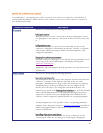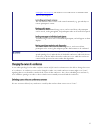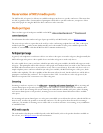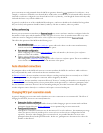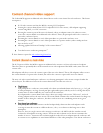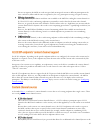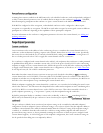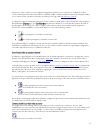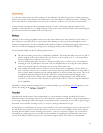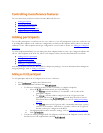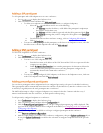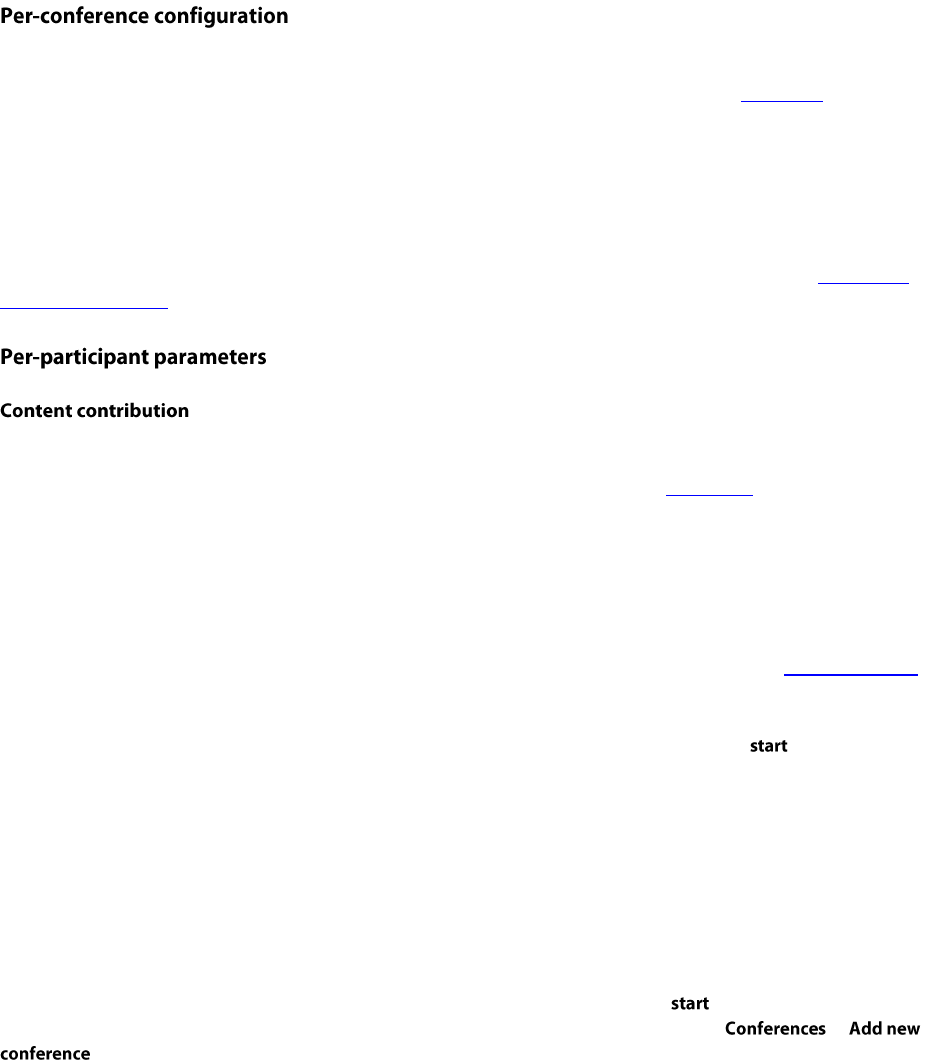
44
Assuming that content is enabled on the MCU unit-wide, each scheduled conference can be independently configured
to allow content channel operations or not. If enabled, this has an impact on the conference's port usage - if disabled,
then all attempts by participants in that conference to open a content channel to the MCU will be unsuccessful.
If the MCU is configured to allow encryption, each individual conference can be configured to either require
encryption or to optionally use encryption. The MCU can send either encrypted or unencrypted content to different
participants in a conference depending on the capabilities of those participants' endpoints.
For more information on the conference configuration parameters relevant to the content channel, see Adding and
updating conferences.
Content contribution refers to the ability of video conferencing devices to contribute the content channel video for a
conference via the mechanism of opening a separate video channel, distinct from its main video stream. Specifically,
this section does not deal with the use of content by the MCU when sending content channels to viewing devices or
the use of other protocols such as VNC to supply the content channel video for a conference.
For a conference configured with content channel video enabled, each endpoint in that conference is either permitted
or prohibited from being able to contribute content video. H.239 is the protocol used by H.323 video conferencing
endpoints to supply or receive content channel video; BFCP is the protocol used by SIP video conferencing endpoints
to supply content channel video. Other content channel source configurations, such as the use of a VNC connection,
do not depend on any H.239 or BFCP contribution parameters.
Remember that what is termed Content contribution is more precisely described as the ability to contributing
content channel video via H.239/BFCP. The nature of the H.239 and BFCP protocols used between the MCU and
endpoints is such that once an endpoint has successfully become the content source for a conference, the MCU is not
then able to force that endpoint to stop contributing the content channel video.
While an endpoint is supplying the content channel for a conference, it is considered to be holding the virtual content
token for the conference - this token must be relinquished before either another endpoint can start contributing video
via H.239 or BFCP or a content channel source such as VNC become active. This token is normally released via a
specific endpoint operation (e.g. a "stop content " option) or by that endpoint leaving the conference.
By default, participants' ability to contribute content video (technically, as above, to contributing H.239 or
BFCP video) is determined by the per-conference Content contribution from endpoints setting ( >
).
The per-conference default Content contribution from endpoints setting can be overridden by individual endpoints'
configuration. If such an endpoint's Content contribution setting is <use conference default> then the endpoint's ability to
contribute content channel video will be determined initially from the conference setting. If the endpoint setting is
<enabled> or <disabled> then this will override the conference setting and that endpoint will either always be
prevented from using content, or always permitted (assuming the conference of which it is part is configured with
content channel support). As well as being part of each endpoint's configuration, the Content contribution setting can
also be specified when calling out to an endpoint by address.



